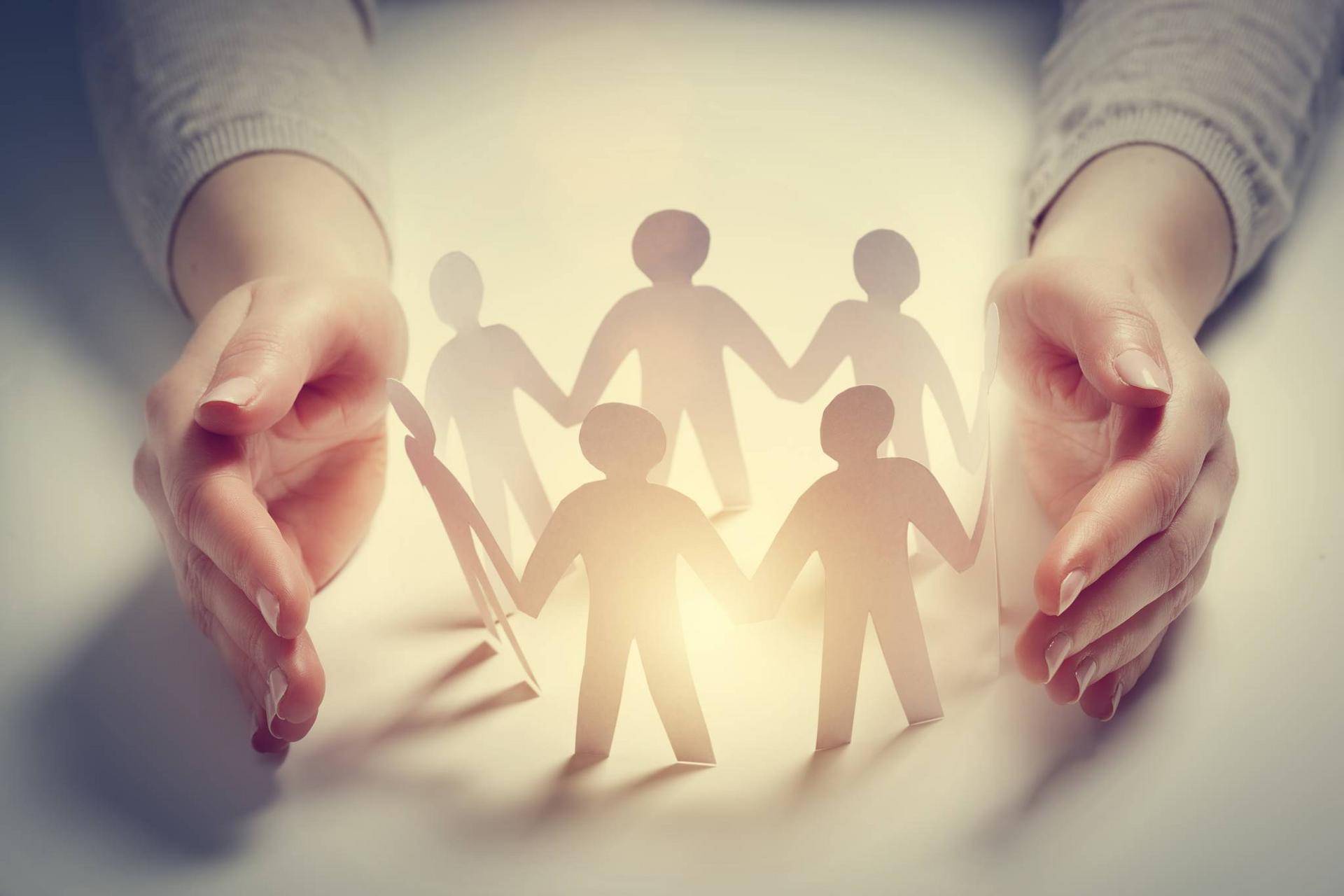By Julene Reese
Social safety is a term that refers to reliable social connection, belonging, inclusion, recognition and protection – essential human needs at all life stages. Unfortunately, for over three decades, psychologists have documented disproportionately high mental and physical health challenges among those who are socially marginalized due to their race/ethnicity, sexual identity, gender identity, or socioeconomic status.
To help understand the discrepancies in social belonging, the Utah State University Utah Women & Leadership Project (UWLP) conducted research on women’s feelings of safety in seven social domains: household, family, close friends, identity groups, colleagues, social media and public settings. Report author Lisa Diamond, distinguished professor of psychology and gender studies at the University of Utah Department of Psychology, and her research team conducted an analytic sample of 398 Utah women. Their research assessed Utah women’s experiences of social safety, marginalization and health.
Twenty-one Utah counties were represented by women in the study; 41% were married, 17.1% were divorced, 24.4% had children living with them and 10.1% had children not living with them. Approximately 51% were raised in The Church of Jesus Christ of Latter-day Saints, and 34.4% were current members.
The study results included four areas: 1) social safety, 2) predicting social safety, 3) the impact of social safety on physical and mental health, and 4) the impact of social safety on suicidality.
More than 45% of Utah women had experienced chronic unsafety at some point, and 13.6% said they were currently experiencing it. And, according to the research, Utah women of color and LGBTQ+ women were more likely to feel chronically unsafe.
“We cannot promote community-wide mental and physical health simply by reducing individuals’ exposure to victimization and adversity,” said Susan Madsen, USU UWLP founding director. “To foster optimal health, we must increase individuals’ access to safe and affirmative social ties, and to do this we must have more effort and support around diversity, inclusion, equity, and belonging in all communities and organizations, including institutions of higher education and businesses.”
Social Safety – Across all participants, 34.9% had at least three social domains that helped them experience safety, 58% had one or two safe domains, and 7.1% had no safe domains. Of the women surveyed, 57.8% reported they were not in marginalized social categories (i.e., they were White, heterosexual, cis-gender, and not low-income), 22.6% reported at least one marginalized category, and 19.6% had more than one. Women who reported one or more categories had significantly lower social safety across all domains than women without marginalization.
Predicting social safety – A statistical technique was used to predict women’s overall safety score, which was the sum of social safety and inclusion ratings across all seven domains mentioned above. These included their marginalization status, age, social isolation, exposure to ostracization, disrespect, community violence and childhood adversity. Each of these, except for community violence, significantly predicted social safety levels. Prior research indicates that social isolation poses one of the most critical threats to mental and physical health across the lifespan.
Impact of Social Safety on Health – Individuals with lower social safety reported significantly greater physical health problems, depressive symptoms and anxiety symptoms. Nearly 46% of Utah women reported having experienced chronic unsafety at some point in their lives, and 13.6% said they were currently experiencing it. The most common contexts for chronic unsafety were romantic and household relationships.
Rates of chronic unsafety were significantly higher among unmarried women, those who were non-heterosexual/non-cis-gender, had low income, had experienced adult assault or childhood abuse, or had been suicidal. Regarding religious experience, women who reported being “shunned by a religious group” also reported higher rates of chronic unsafety.
Two-thirds of women who had experienced chronic unsafety reported trauma symptoms concerning the experience, such as feelings of dread, intrusive thoughts and nightmares.
Impact of Social Safety on Suicidality – Perhaps the study’s most striking findings concerned suicidal thoughts and behavior. In all, 31% of participants reported prior suicidal ideation, and 13.5% reported a previous suicide attempt. Women who were below the sample mean for social safety had approximately twice the odds of suicidal ideation and attempts as women who were above the sample mean.
“Our research findings confirm that we must amplify experiences of connection, validation, and affirmation at all stages of life and across all social contexts,” said Diamond. “Strong support is vital for people within Utah’s marginalized communities. Ensuring that all Utahns have opportunities for meaningful connection with protective social ties may be one of the most powerful steps we can take to help our communities thrive.”
To see the full report with references, click here. For further information on UWLP programs and projects, visit utwomen.org.

